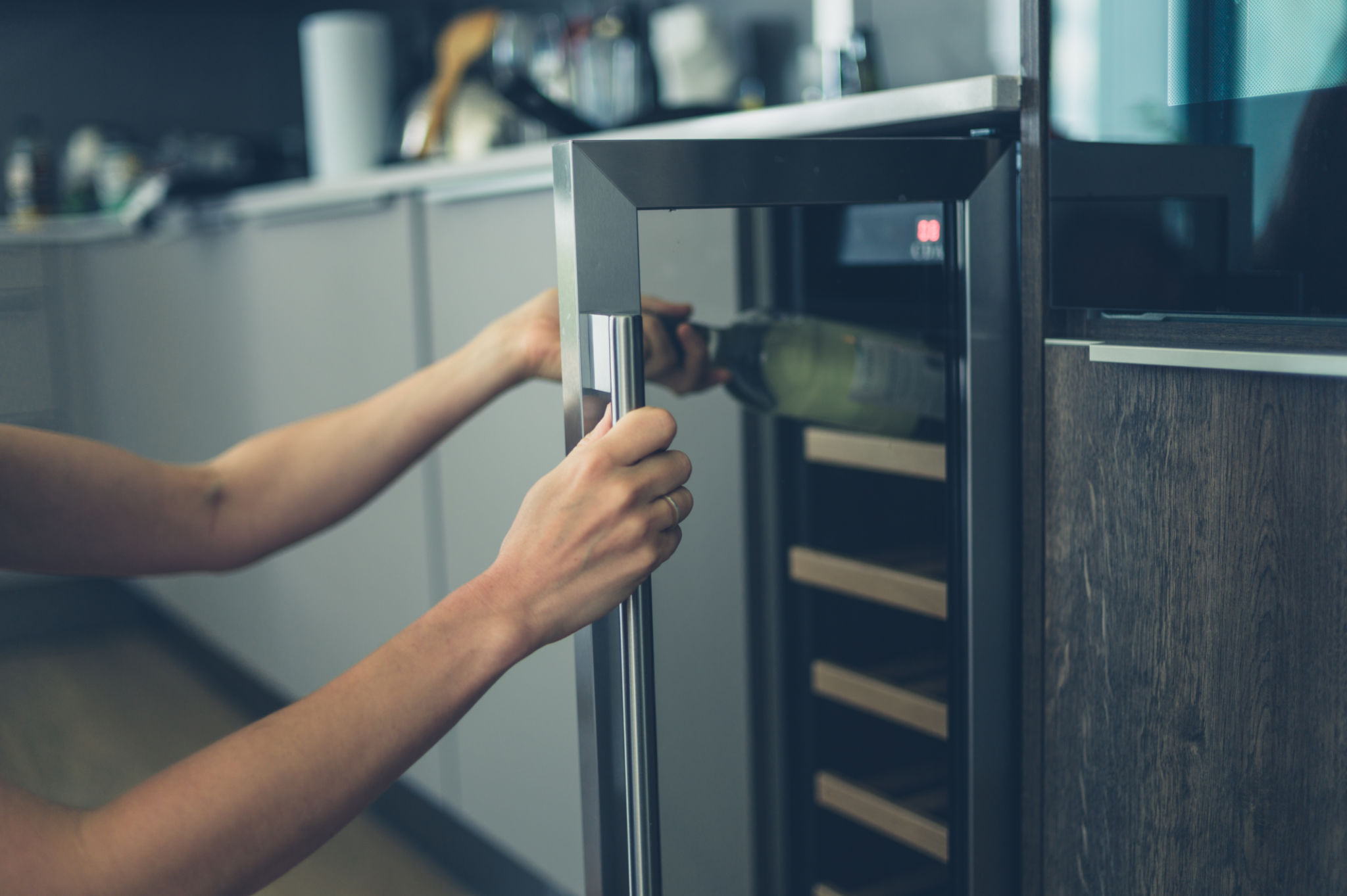The Ultimate Guide to Built-In Wine Fridges: What You Need to Know Before Buying
RW
When it comes to storing your wine collection, a built-in wine fridge is a sophisticated and practical option. Whether you're a casual enthusiast or a dedicated connoisseur, choosing the right wine fridge can significantly enhance your wine experience. This ultimate guide will walk you through everything you need to consider before making a purchase.
Understanding Built-In Wine Fridges
Built-in wine fridges are designed to seamlessly integrate into your kitchen or bar area, providing a sleek and stylish way to store your wine collection. These fridges are installed under countertops or within cabinetry, saving space and offering a cohesive look. Unlike standalone units, they are vented through the front, allowing for proper ventilation without needing additional clearance on the sides or back.

Temperature Zones
One of the key features to consider is the temperature zones within the fridge. Many built-in models offer dual-zone cooling, which allows you to store red and white wines at their optimal temperatures simultaneously. Red wines typically require a slightly warmer environment (around 55°F to 65°F), while white wines are best stored at cooler temperatures (between 45°F and 50°F).
Size and Capacity
The size of your built-in wine fridge should match your collection's volume and your available space. Capacities can range from small units storing around 18 bottles to larger ones accommodating over 100 bottles. Consider not only your current collection but also future acquisitions when selecting the size. It's always better to have a little extra room than to run out of space.

Energy Efficiency
Energy efficiency is an important factor to consider, especially if you plan on using the fridge long-term. Look for models with energy-saving features like LED lighting and efficient compressors. Many modern wine fridges are designed to be both eco-friendly and cost-effective, helping you save on electricity bills while minimizing your carbon footprint.
Additional Features
Today's built-in wine fridges come with a variety of features that can enhance your wine storage experience. Some models offer UV-resistant glass doors that protect your wine from harmful light exposure. Others come with advanced humidity control systems to prevent corks from drying out. Digital controls and touch panels provide easy access to settings and real-time temperature monitoring.

Installation Considerations
Proper installation is crucial for the optimal performance of your built-in wine fridge. Ensure that the unit fits snugly into your chosen space and that there is sufficient ventilation around the appliance. If you're not confident in your DIY skills, hiring a professional for installation might be a wise decision.
Budget and Brand Options
The price of built-in wine fridges can vary widely based on size, brand, and features. Setting a budget beforehand can help narrow down your options. Some reputable brands to consider include Sub-Zero, Vinotemp, and KitchenAid, each offering unique features and styles. Reading reviews and comparing models can assist in making an informed decision.
Investing in a built-in wine fridge is not just about functionality; it's also about enhancing your overall wine-drinking experience. By considering factors like temperature zones, size, energy efficiency, and additional features, you can find a unit that perfectly suits your needs and lifestyle. With the right choice, every bottle you open will be stored in optimal conditions, ensuring the best possible taste every time.
